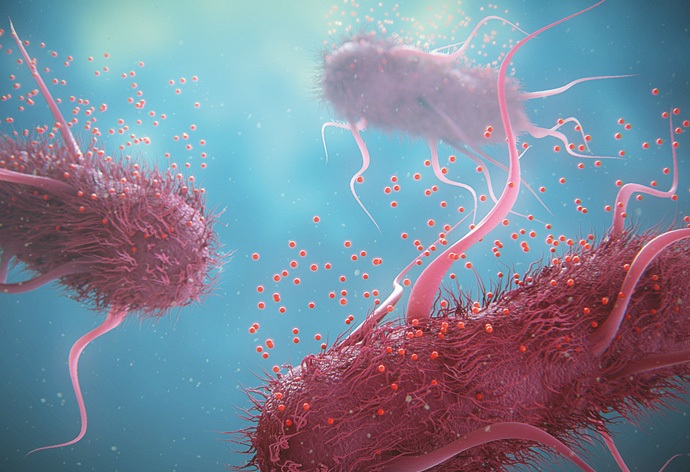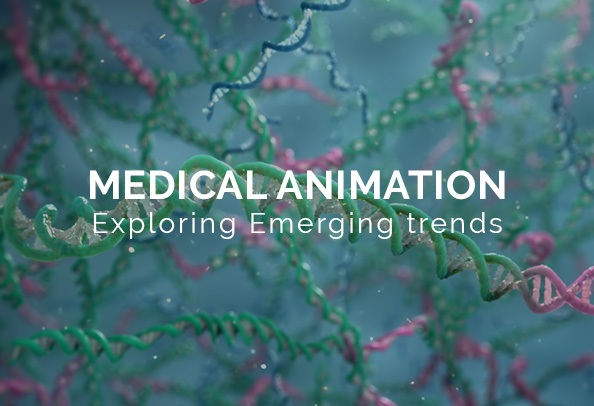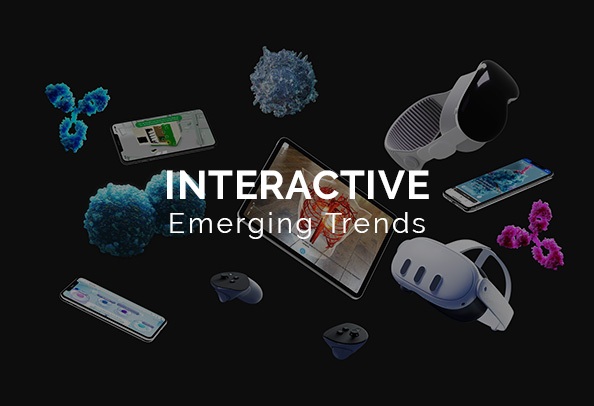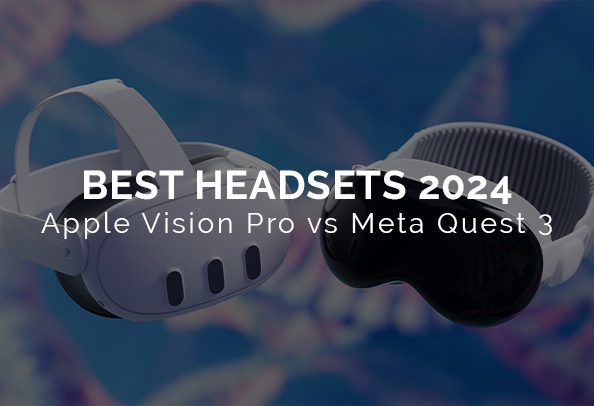A History of Medical Animation and Scientific Storytelling
As industry leaders in the field of scientific communication, at Random42, we live and breathe scientific storytelling. This article explores the history of medical animation and how it has evolved to where it is today.
Science is a complex field that affects every single person on the planet. As a medical animation company, we make it our business to simplify and beautify this science to make it accessible and fascinating for everyone. We deal with medical animations and scientific storytelling on a daily basis, but medical animation hasn’t always existed. To better understand the difference medical animation makes to the pharmaceutical industry and medicine today, we take a look at the roots of our industry to see how far it has come.

1543 — ANDREAS VESALIUS PUBLISHES DE HUMANI CORPORIS FABRICA
What we know as medical animation today dates as far back as the sixteenth century. Flemish anatomist, physician and author Andreas Vesalius was born on 31st December 1514. Vesalius went on to write De Humani Corporis Fabrica (On the Fabric of the Human Body), which became one of the most influential books on human anatomy. Some even refer to Vesalius as the founder of human anatomy.
Vesalius created detailed anatomical scientific illustrations for students. When he found that some were being widely copied, he decided to get them all published in his first book in 1538. Later, in 1543, he went on to publish De Humani Corporis Fabrica, a 700-page book boasting a number of detailed illustrations. Vesalius was particularly interested in the kidney, as he didn’t fully grasp how it was involved in the production of urine. For centuries to come, medical students learned their craft through images created by Vesalius.
1911 — MAX BRODEL IS HIRED BY JOHNS HOPKINS SCHOOL OF MEDICINE
Max Brodel was born in 1870. He would eventually become known as the Father of Modern Medical Illustrations. In his time, Brodel created illustrations for Harvey Cushing and other well-known and reputable clinicians. He is also credited with inventing new illustration techniques such as “carbon dust”. Eventually, in 1911, Brodel presided over the first Department of Art as Applied to Medicine at Johns Hopkins School of Medicine. This department continues to train medical illustrators today.
Other notable artists who were greatly influenced by Brodel include James F. Didusch, Willard C. Shepard and Dorcas Hager Padget. He remains well-credited and appreciated for his contributions to neurosurgery. Despite a lack of formal medical training, Brodel developed a thorough understanding of pathology, anatomy and surgery, and continues to be well-known for his ability to synthesize art and medicine.
1932 — MEDICAL ANIMATION MADE AN APPEARANCE IN THE JOURNAL OF BIOLOGICAL PHOTOGRAPHY
Interestingly, the term “medical animation” predates the advent of computer-generated graphics. The phrase first made its scholarly appearance in 1932 in the Journal of Biology Photography. The term was used by Clarke and Hoshall, who used it to refer to two-dimensional illustrated motion pictures produced and designed for inclusion in films for medical students.

1906 — PAULINE LARIVIERE WAS BORN
Pauline Lariviere was born in 1906 and would become known for her extensive work in medical and anatomical illustration. Lariviere’s distinctive abstract style paired modern art and scientific accuracy. Running counter to traditional medical illustration styles that adopted the use of small and crowded labels to convey information, she created illustrations that isolated specific areas and processes of human anatomy and used vibrant colours to make them aesthetically pleasing and compelling. This style, revolutionary in its time, is still used in medical illustrations today.
1960 — WILLIAM FETTER DEVELOPED COMPUTER-GENERATED GRAPHICS
Born in 1928, William Fetter would go on to work on computer-generated orthographic views of the human form. Interestingly, he also coined the term “computer graphics”. In 1959, Fetter was recruited by Boeing as the art director of the Computer Aided Design (CAD) department to explore new production ideas for 3D drawings. Fetter explored perspective fundamentals of computer animation on a human figure in 1960, leading this pioneer to be the first to generate a human figure as a 3D model — ultimately paving the way for modern 3D medical animation.
1963 — EDWARD E. ZAJAC CREATES THE FIRST COMPUTER ANIMATION
The very first computer animation was created at Bell Telephone Labs in 1963 by Edward E. Zajac. The animation was a one-minute-and-25-second film titled Simulation of a Two-Gyro Gravity-Gradient Attitude Control System. The video described how a satellite might move through space.
1975 — THE FIRST DESCRIPTION OF 3D GRAPHICS FOR MEDICAL USES
Though all the events leading up to this moment paved the way for medical animation, the birth of computer-generated medical animation is often attributed to the year 1975, which marks the first description of the use of 3D computer graphics for a medical purpose. The reference can be found in the journal Science, where the authors of the article described the potential uses of medical animation for visualizing complex macromolecules.
1992 — RANDOM42 WAS FOUNDED
Medical animation lies at the core of our work. Founded in 1992, Random42’s scientific storytelling and drug visualization help to form the foundation of pharmaceutical marketing campaigns. We were a pioneer in the medical animation industry, creating a fusion of art and science to meet growing demand.
We were also the first to develop animated sequences to illustrate the mechanism of action (MOA) of a drug and are now industry leaders in the field and the largest company within this space. Since our founding, we have moved into other innovative digital areas, including 3D scientific virtual reality and augmented reality. We are proud of how far we have come and we’re excited to see what the future has in store for medical animation.
Are you interested in seeing how medical animation can help you?
Related news

Emerging Trends in Medical Animation

Emerging Interactive Trends

Best Headsets of 2024


